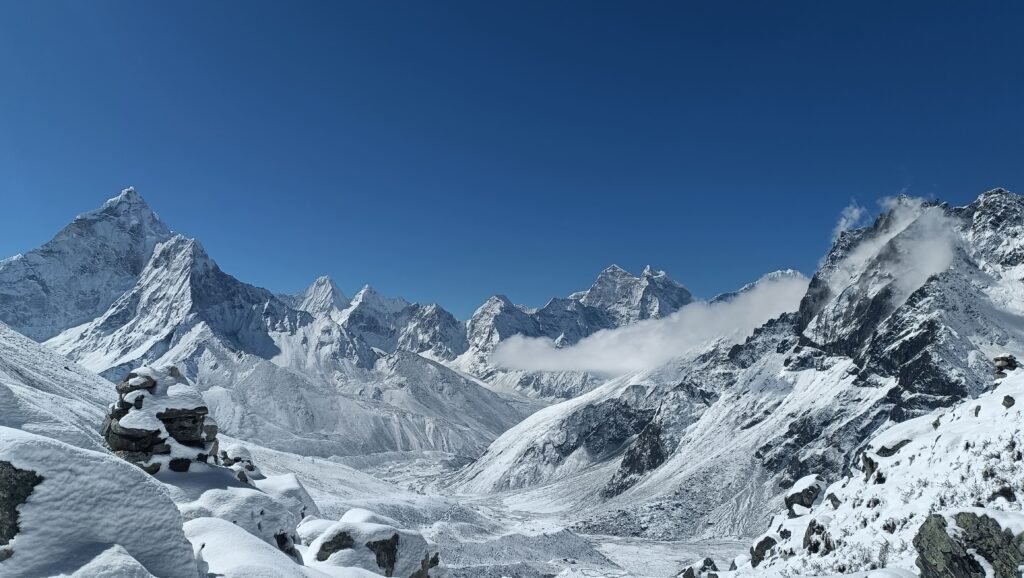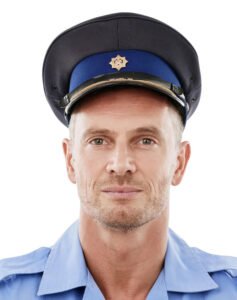Before I went on the Everest Base Camp trek, I spent hours reading packing lists. I didn’t want to miss anything important.
But once I started walking, I realised I had packed too much. My backpack was heavy, and I was carrying things I never used.
So, in this blog, I want to help you pack smart. I’ll share what you truly need for the trek — and what you can leave behind.
First, know this
Your bag will feel heavier the longer you walk. Even something small adds up when you’re trekking for hours every day. Most people either carry their own backpack or hire a porter. Even if you hire a porter, it’s still best to keep your bag light and easy to manage.
What You Should Definitely Pack
1. Clothing (Layer Up)
The weather on the trek changes often. Some days are sunny, some are windy, and nights are always cold. So, you need to pack in layers.
- 2–3 moisture-wicking t-shirts (not cotton)
- 1–2 thermal tops and bottoms for cold nights
- 1 fleece or warm jacket
- 1 down jacket (a must above 4,000m)
- 1 pair of trekking pants
- 1–2 pairs of warm leggings or thermals
- Waterproof shell jacket and pants
- 3–4 pairs of trekking socks (wool or synthetic)
- 1–2 warm hats (one for day, one for night)
- Buff or neck gaiter (for dust and wind)
- Gloves (one light pair and one insulated pair)
- Underwear (enough for 10–12 days)
2. Footwear
Your feet will do all the work, so take care of them.
- Good quality, worn-in trekking boots
- A pair of lightweight slippers or sandals (for evenings)
- A few blister plasters or band-aids, just in case
3. Sleeping Gear
Most teahouses provide blankets, but they’re not always clean or warm.
- A four-season sleeping bag (rated -10°C or better)
- Optional: sleeping bag liner for extra warmth and hygiene
4. Toiletries and Hygiene Items
- Toothbrush, toothpaste, soap sheet or small liquid soap
- Quick-dry towel
- Wet wipes and hand sanitizer (you’ll use them often)
- Toilet paper (not always available in teahouses)
- Lip balm and moisturiser (air gets very dry)
- Sunscreen and small bottle of lotion
5. Health and First Aid
- Personal medication
- Painkillers like paracetamol or ibuprofen
- Diamox (if advised by your doctor for altitude)
- Water purification tablets or a water filter bottle
- ORS (oral rehydration salts) in case of dehydration
6. Essentials
- Trekking poles (helpful during long descents)
- Headlamp or small torch (for power cuts and early starts)
- Reusable water bottles (at least 2 litres total)
- Sunglasses with UV protection
- Power bank (electricity is not always available)
- Passport and permits (TIMS and Sagarmatha permit)
- Cash (there are no ATMs after Lukla)
What You Can Leave Behind
1. Too Many Clothes
You will wear the same clothes multiple times. Laundry is expensive and hard to do in the cold. Extra outfits just take up space.
2. Heavy Camera Gear
Unless photography is your main purpose, stick to a compact camera or a good phone. Carrying large lenses or a tripod is hard at high altitude.
3. Too Many Snacks
Some people bring bags full of protein bars and chocolates. A few are fine, but too many make your bag heavy. You can buy snacks on the way, though they cost more.
4. Books
Books are great, but they are heavy. If you want to read, use an e-reader or download something on your phone. One small notebook is okay if you like to write.
5. Fancy Toiletries
Leave behind hair dryers, big bottles, and extra creams. You’ll be walking all day, not going to a party. Keep it simple.
6. Jeans or Cotton Clothes
They are heavy, take long to dry, and are uncomfortable to trek in. Stick to synthetic or wool material.
Final Tips
Keep a small daypack with you for water, camera, snacks, and a jacket. Your main bag (if with a porter) won’t be accessible during the day.
Also, pack everything in waterproof dry bags or zip-lock bags. The weather can change fast, and you want to keep things dry.
Packing smart made a big difference in my trek. I was more comfortable, walked better, and had fewer worries. The lighter your bag, the more you’ll enjoy the journey.
If you’re unsure about anything, it’s okay. You can buy or rent many items in Kathmandu or Lukla before the trek starts.




